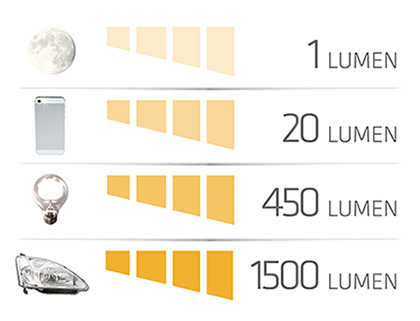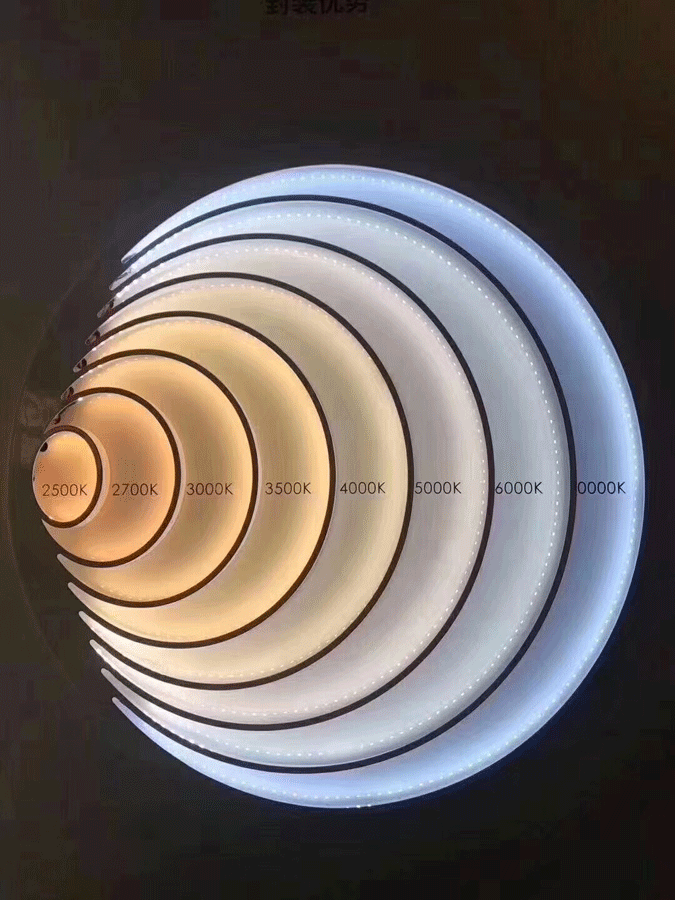Why we use Lithium Ion and LifePo4 batteries in our bollards and lights
All Eco Solar Lights use lithium Ion or LifePo4 batteries as their energy storage device. They are a cost effective, environmentally responsible way to add long lasting brightness and beauty to your evening landscape while increasing safety.
The advantages of using rechargeable lithium ion batteries as opposed to typical rechargeable lead acid batteries are as follows:
Chargeability
Where lead acid batteries can be charged and discharged approx. 1,000 times a lithium ion battery can be charged and discharged approx. 5,000 times
Superior “Useable” Capacity.
Unlike with lead acid batteries, it is considered practical to regularly use 85% or more of the rated capacity of a lithium ion battery bank, and occasionally more
Fast & Efficient Charging.
Lithium ion batteries can be “fast” charged to 100% of capacity. Unlike lead acid, there is no need for an absorption phase to get the final 20% stored. If you experience several partly cloudy days with your solar light lithium batteries have no problem being topped off before the sun goes down. With lithium ion batteries you can charge up what you can and not fret about leaving your battery bank perpetually undercharged
Very Little Wasted Energy.
Lead acid batteries are less efficient at storing power than lithium ion batteries. Lithium batteries charge at nearly 100% efficiency, compared to the 85% efficiency of most lead acid batteries.
Climate Resistance.
Lithium ion batteries are much more efficient at low temperatures. For harsh environments (hot and cold), Lithium-Ion batteries have a technological advantage
Little Maintenance Requirements.
Lithium Ion batteries are very virtually maintenance free.
Size & Weight Advantages.
Lithium ion batteries are as much as 77% smaller in dimension and 194% lighter than the equivalent lead acid battery






